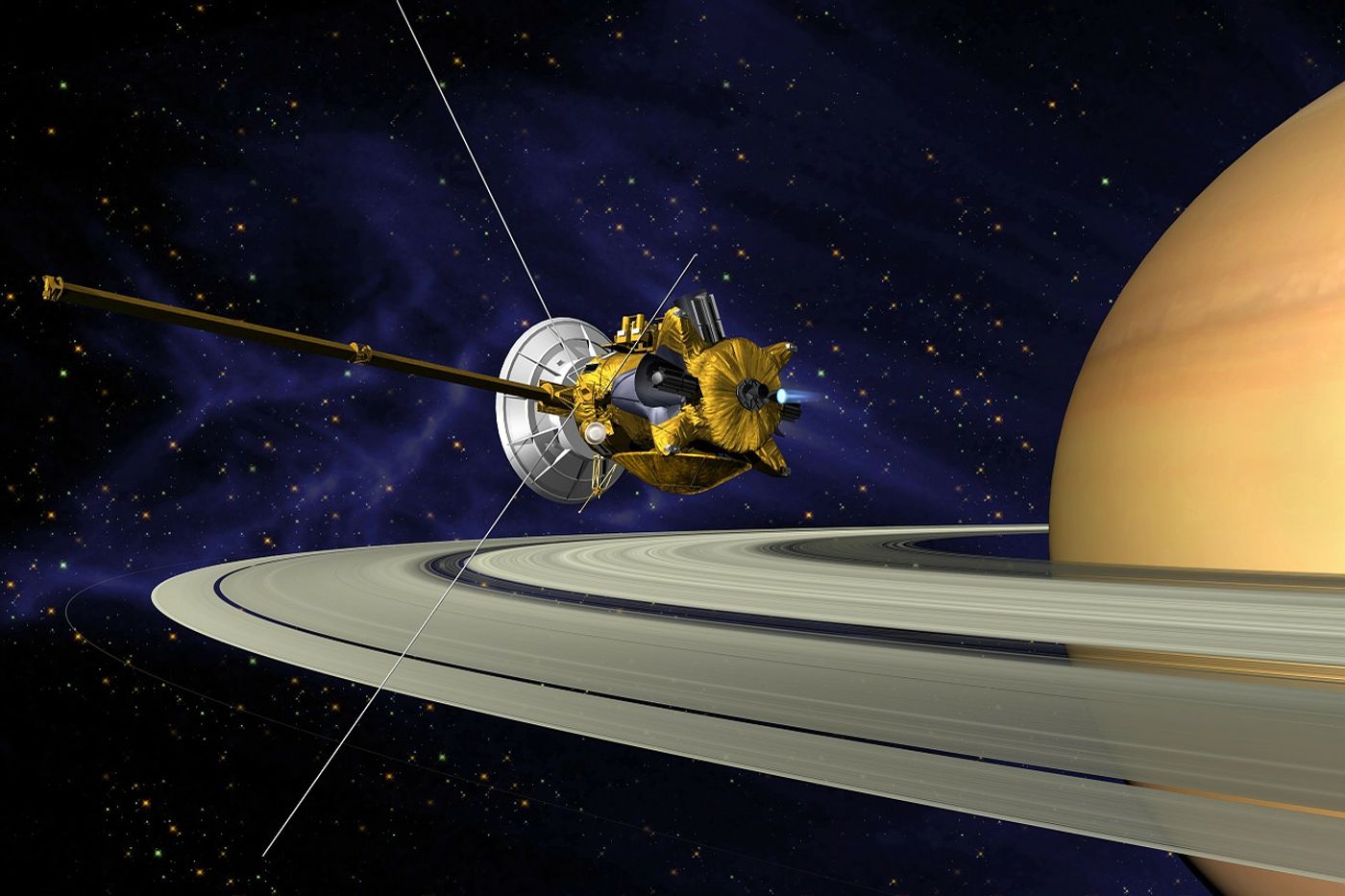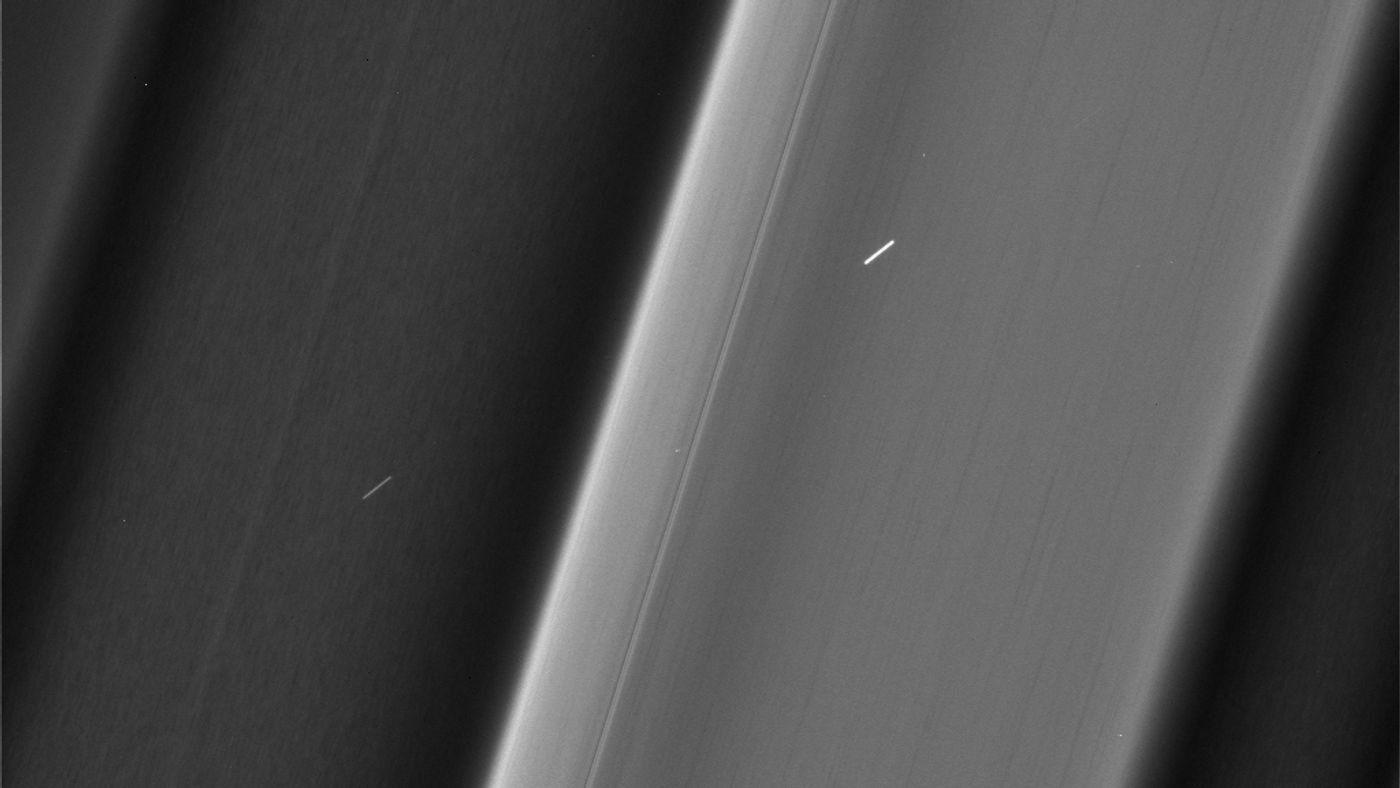Saturn's Magnetic Field is Weird, Cassini Finds
The Cassini spacecraft is carrying out its Grand Finale mission. This task involves sending the probe in between Saturn and its rings 22 times to learn more about how the planet works. Once the job is complete and we receive all the data, Cassini will say goodbye and plunge into Saturn's atmosphere.
These diving maneuvers began on April 26th and will continue through September 15th. According to NASA, Cassini already completed 14 of those dives and is in the middle of its 15th as of this writing.
Image Credit: tpsdave/Pixabay
NASA hopes these maneuvers will yield valuable data about Saturn’s atmosphere, magnetic field, and ring composition. Fortunately, the hopes and aspirations of the Grand Finale mission are quickly becoming a runaway success.
Amid the results, NASA discovered how Saturn exhibits unusual magnetic field properties that challenge our understanding of how magnetic fields work. Rather than having a tilt, Saturn’s magnetic field almost perfectly aligns with the planet’s rotational axis.
"The tilt seems to be much smaller than we had previously estimated and quite challenging to explain," said Cassini’s lead magnetometer investigator Michele Dougherty.
Scientists have long thought that planetary magnetic fields need a significant tilt to sustain themselves. The reasons behind Saturn’s bizarre disobedience to this rule continue to leave scientists scratching their heads.
The lack of tilt is also causing trouble for scientists trying to discern how long a full day is on Saturn. Regardless, they’re optimistic that the truth will be revealed at some point before the Grand Finale mission ends.
"We have not been able to resolve the length of day at Saturn so far, but we're still working on it," Dougherty continued.
Cassini is also responsible for collecting samples of Saturn’s atmosphere and rings to learn more about their composition, an essential step if we're to understand how Saturn formed.
Cassini already captured several nanometer-sized ring particles for analysis, and while we're still waiting on results, they should be available soon. In the meantime, we're also getting a whole host of interesting ring photographs to view, compliments of Cassini's onboard high-resolution imaging equipment:
Image Credit: NASA/JPL-Caltech/Space Science Institute
Related: Cassini spots waves in Saturn's rings
Cassini is also sniffing the outermost layers of Saturn's atmosphere and will get closer and collect more information with each passing dive before the suicide mission.
"The data we are seeing from Cassini's Grand Finale are every bit as exciting as we hoped, although we are still deep in the process of working out what they are telling us about Saturn and its rings," said Cassini project scientist Linda Spilker.
Cassini has returned some of the best data and photographs of Saturn, its moons, and its rings of any spacecraft before it. It’s always sad to see such great missions end, but exciting new missions are already being planned to study additional sectors of the solar system.
It should be interesting to see what else Cassini can teach us about the Saturnine system before it dives into the planet's atmosphere and becomes silenced forever.
Source: NASA










